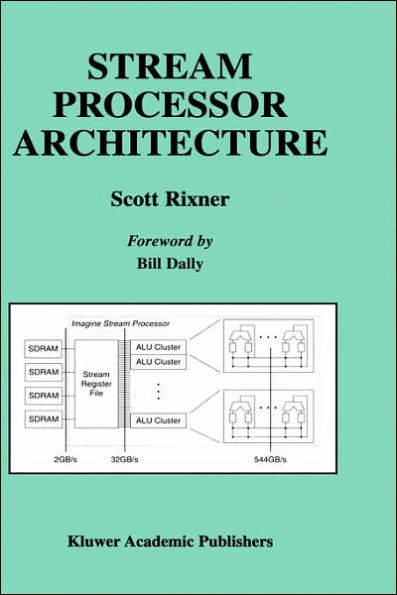5
1
9780792375456


Stream Processor Architecture / Edition 1 available in Hardcover

Stream Processor Architecture / Edition 1
- ISBN-10:
- 0792375459
- ISBN-13:
- 9780792375456
- Pub. Date:
- 10/31/2001
- Publisher:
- Springer US
- ISBN-10:
- 0792375459
- ISBN-13:
- 9780792375456
- Pub. Date:
- 10/31/2001
- Publisher:
- Springer US
109.99
In Stock

Product Details
| ISBN-13: | 9780792375456 |
|---|---|
| Publisher: | Springer US |
| Publication date: | 10/31/2001 |
| Series: | The Springer International Series in Engineering and Computer Science , #644 |
| Edition description: | 2001 |
| Pages: | 120 |
| Product dimensions: | 6.10(w) x 9.25(h) x 0.01(d) |
From the B&N Reads Blog
